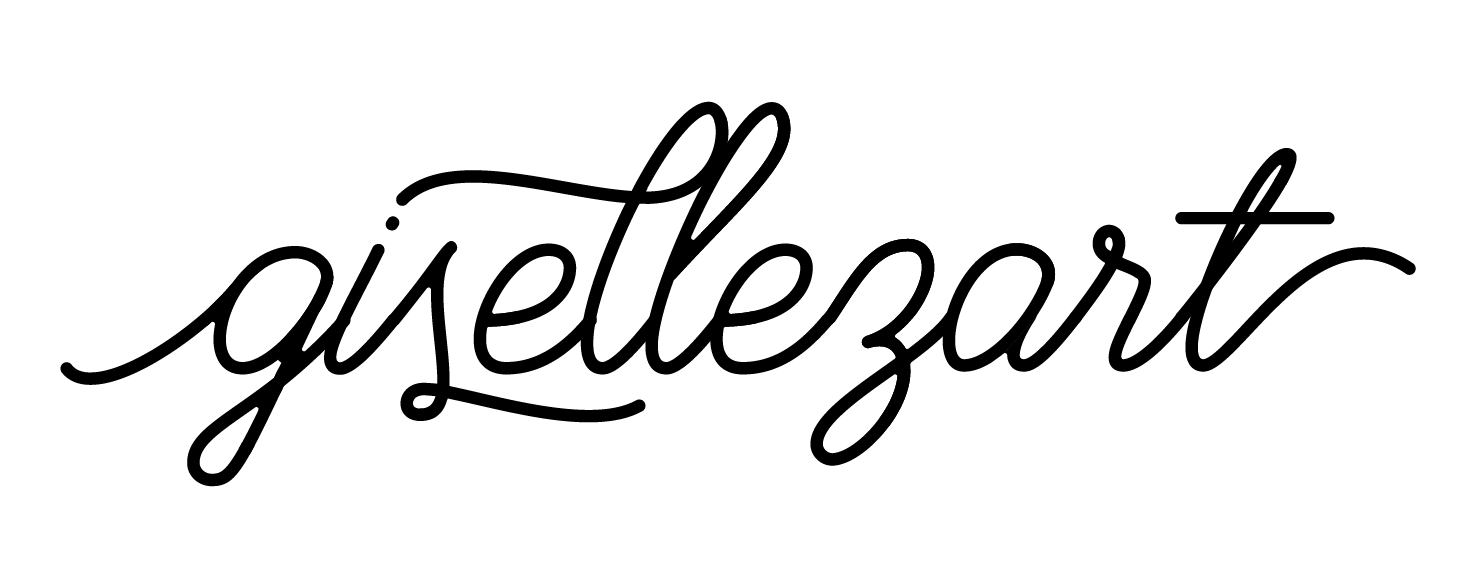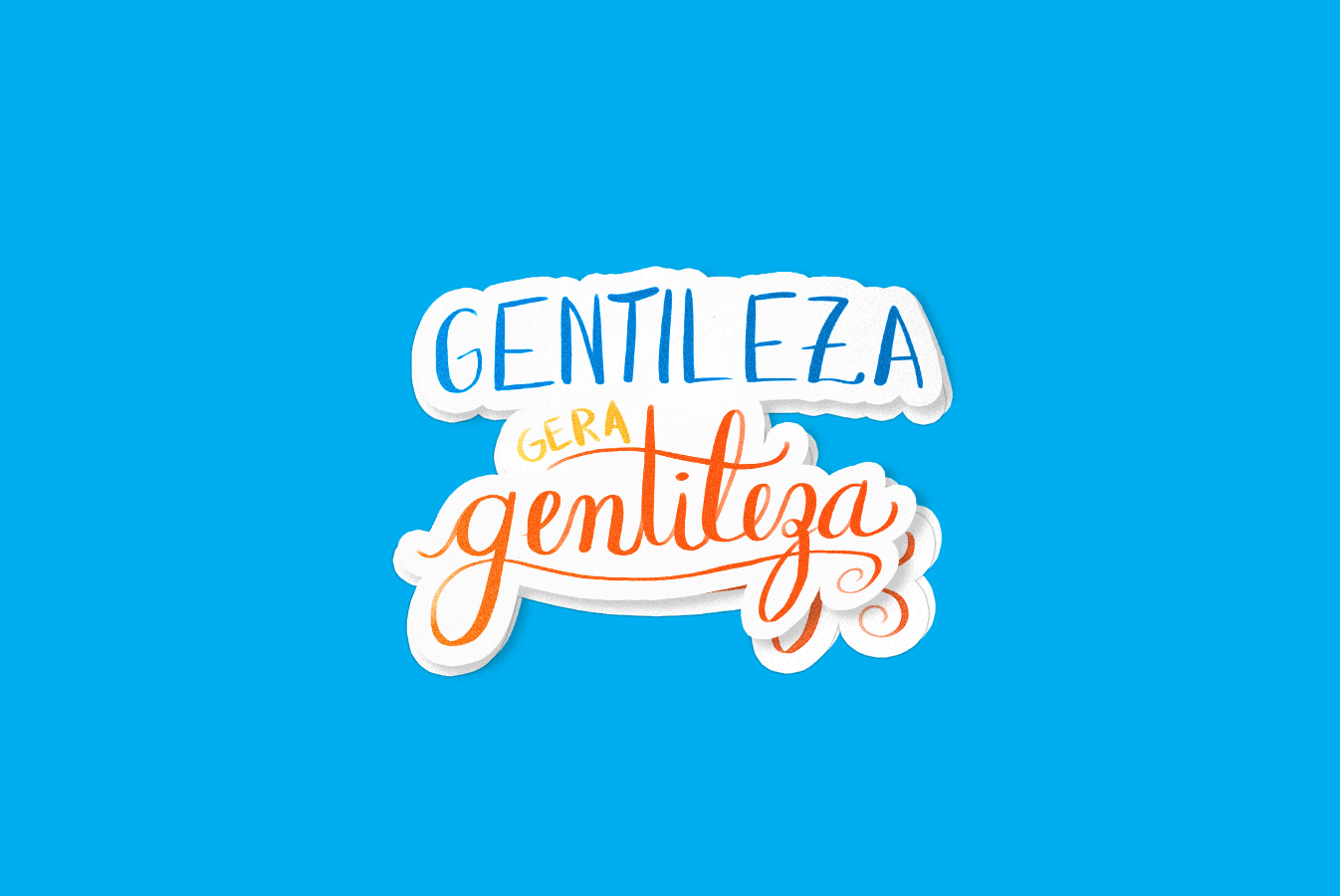Brazilian music art: beyond an experiment
Exploring the intersection of art and music in Brazil’s cultural history
Brazilian music has long been an arena where visual art and sound intertwine, with album covers acting as a reflection of the nation’s ever-evolving cultural and political landscape. This project delves deep into how album covers from iconic Brazilian musicians not only encapsulate the essence of the music but also serve as a cultural commentary. From the bold graphic design of the Tropicália movement to the intricate illustrations of 70s MPB, the visual presentation of these albums offers a window into the heart of Brazilian art.
Visual art meets music
The visual identities of these albums are an integral part of their success, pushing the boundaries of conventional design to communicate the avant-garde spirit of the times. Albums like Tropicália ou Panis et Circensis by Caetano Veloso and Gilberto Gil exemplify this fusion, where the design was more than just decoration but an extension of the music itself. The collaboration between musicians, designers, and photographers created a synergy that transcended the boundaries of the audio-visual experience. It highlighted the impact of color, form, and composition in shaping the visual identity of Brazilian bands and their subtle forms of resistance to censorship during Brazil’s Military Dictatorship.
To read while listening:
Cultural impact and symbolism
A research project conducted during my Masters of Fine Arts degree, where I analyzed the graphic composition and illustration of the album covers of Os Mutantes, created by artist and illustrator Alain Voss. This study involved a historical analysis and a literature review of the sociocultural context in which these covers were produced. I also explored the significance of vinyl records and the role of cover design as both a medium of artistic expression and a cultural artifact. Vibrant colors, surreal forms, and distorted typography embody the essence of psychedelia and Tropicalia, pushing boundaries during challenging times.
In the days of type project, I experimented with different visual directions and styles inspired by album covers from the 1960s and 1970s. The goal was to give each letter a distinct personality while maintaining an overall sense of cohesion. This graphic exploration was unrestricted, aiming for a balance between variety and personal expression in each symbol.
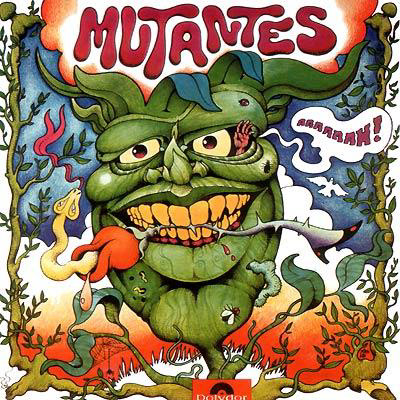

"Jardim Elétrico - by Os Mutantes" (1971) reflects the band's transition into a more experimental and international sound, with a cover that visually embodies their psychedelic essence. Artwork: Alain Voss
"Os Mutantes e Seus Cometas no País dos Baurets" (1972) marks a bold phase in the band's journey, blending tropical psychedelia with a striking visual identity. Artwork: Alain Voss
The intersection of tropicália, MPB, and brazilian album cover art
Just as psychedelic album covers defied conventional design norms amid political repression, this project reflects the creative freedom to work with visual and auditory elements beyond traditional constraints, fostering individual expression and the creation of a unique identity.
The links to the reference albums are just below.
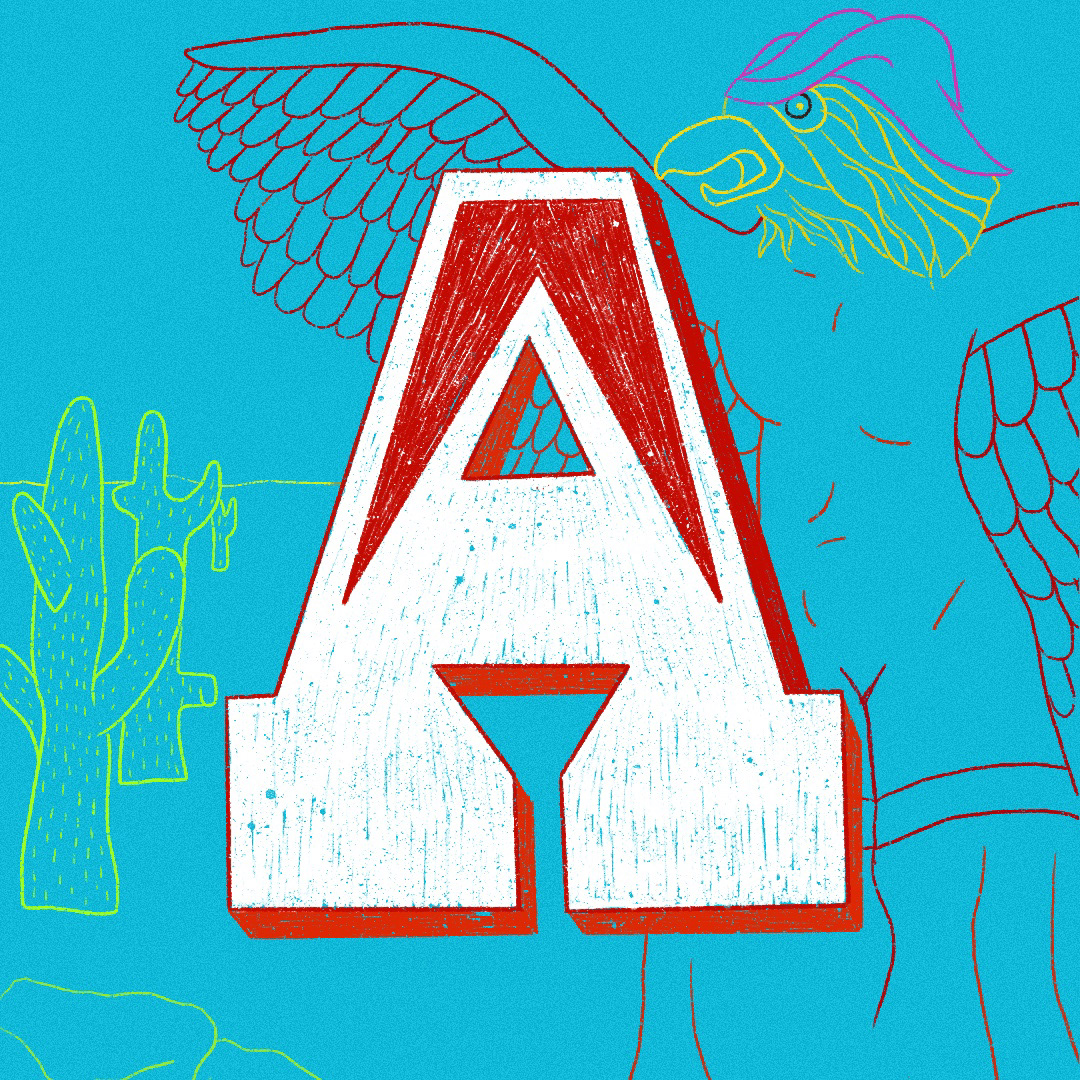
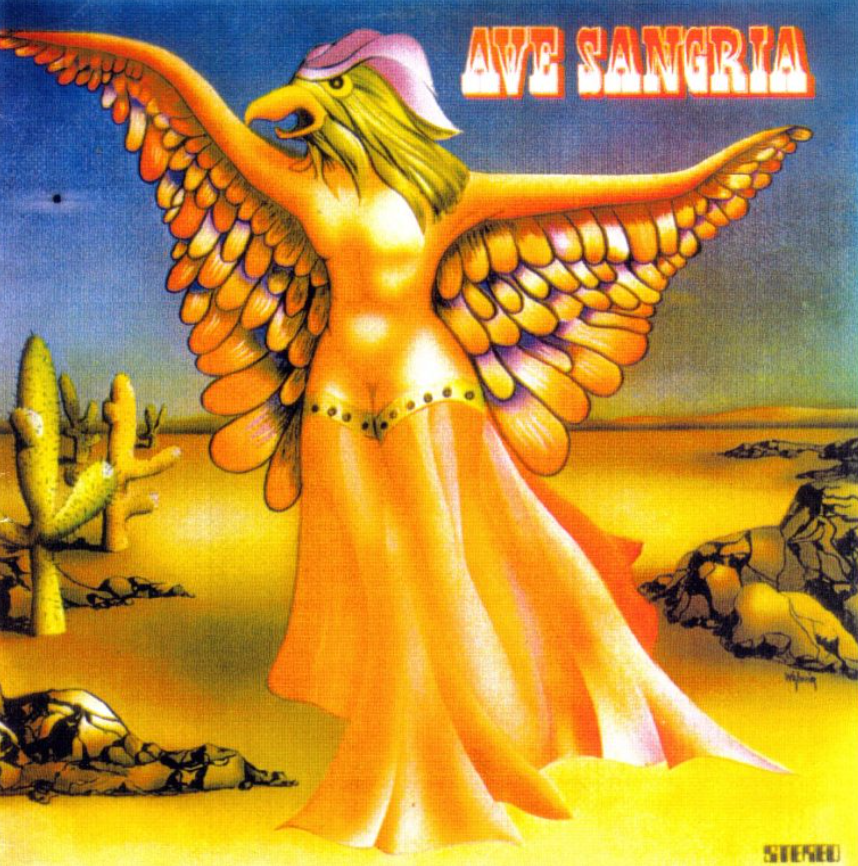
A: Ave Sangria (1974)
For the letter A, I chose the Pernambuco-based psychedelic rock band Ave Sangria, inspired by their 1974 self-titled album. The original cover, designed by musician and cartoonist Lailson, depicted a woman transforming into a bird in a surreal, acid-psychedelic vision of the Northeast. However, the record label rejected his artwork and replaced it with a modified version. Despite being censored at the time, the album became a cornerstone of Brazil's psychedelic movement. Decades later, Ave Sangria made a comeback, releasing a new album and their first music video.
Original artwork: Lailson de Holanda Cavalcanti
Original artwork: Lailson de Holanda Cavalcanti
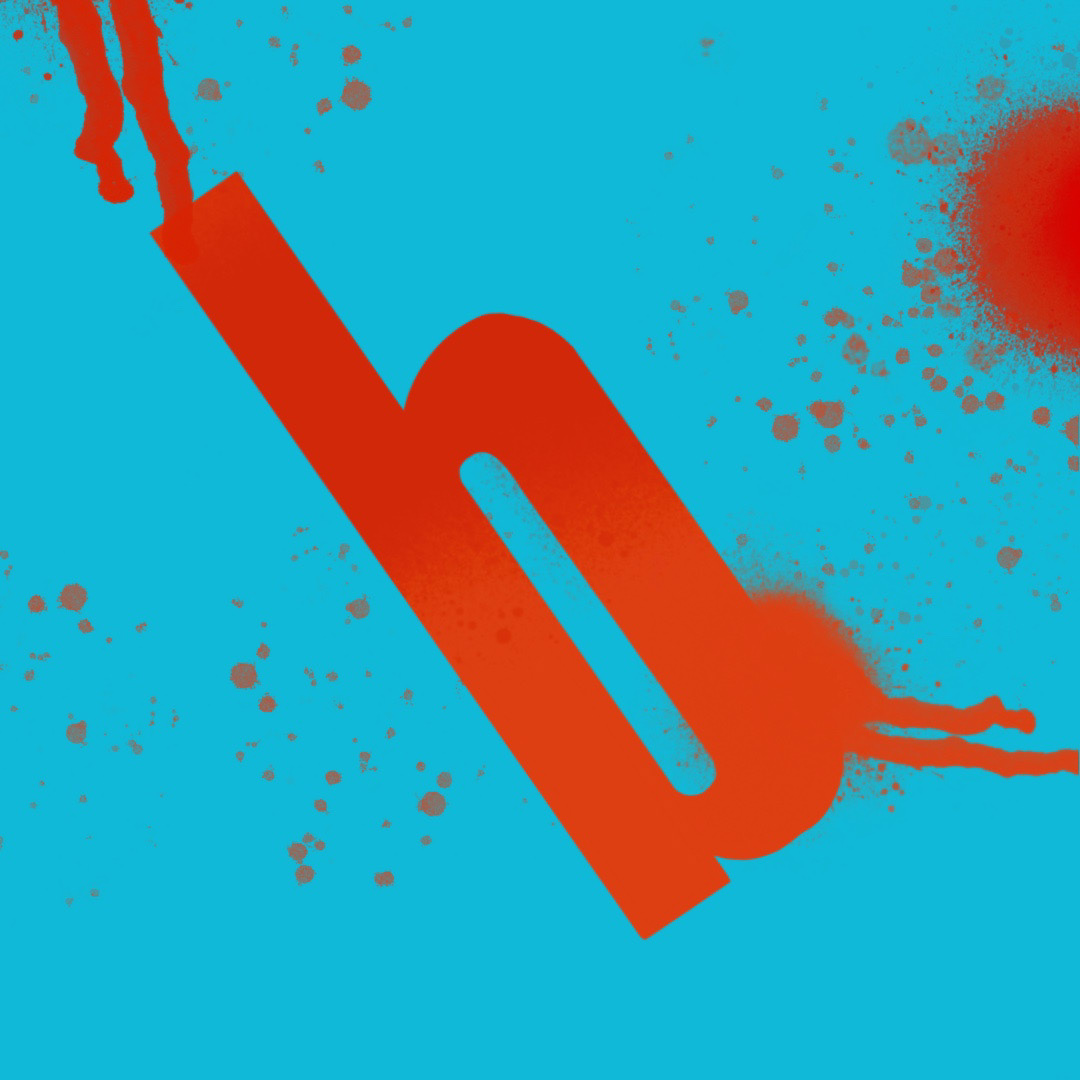
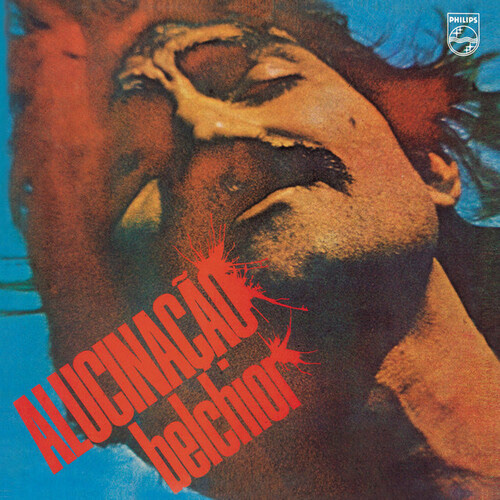
B: Belchior (1976)
In a 1977 interview, Belchior explained the title Alucinação (Hallucination) as a reflection of the idea that living is more important than contemplating life itself, describing it as a form of delirium. The album cover features a photograph enhanced with solarization, a technique that adds distinct color and lighting effects. Released during Brazil's Military Dictatorship, MPB (Música Popular Brasileira) became a vital form of resistance, with artists using codes, metaphors, and wordplay to circumvent censorship. Despite the repression they faced, these musicians produced works that have since become landmarks in Brazilian history and culture.
Layout and Final Artwork: Nilo de Paula
Photography: Januario Garcia
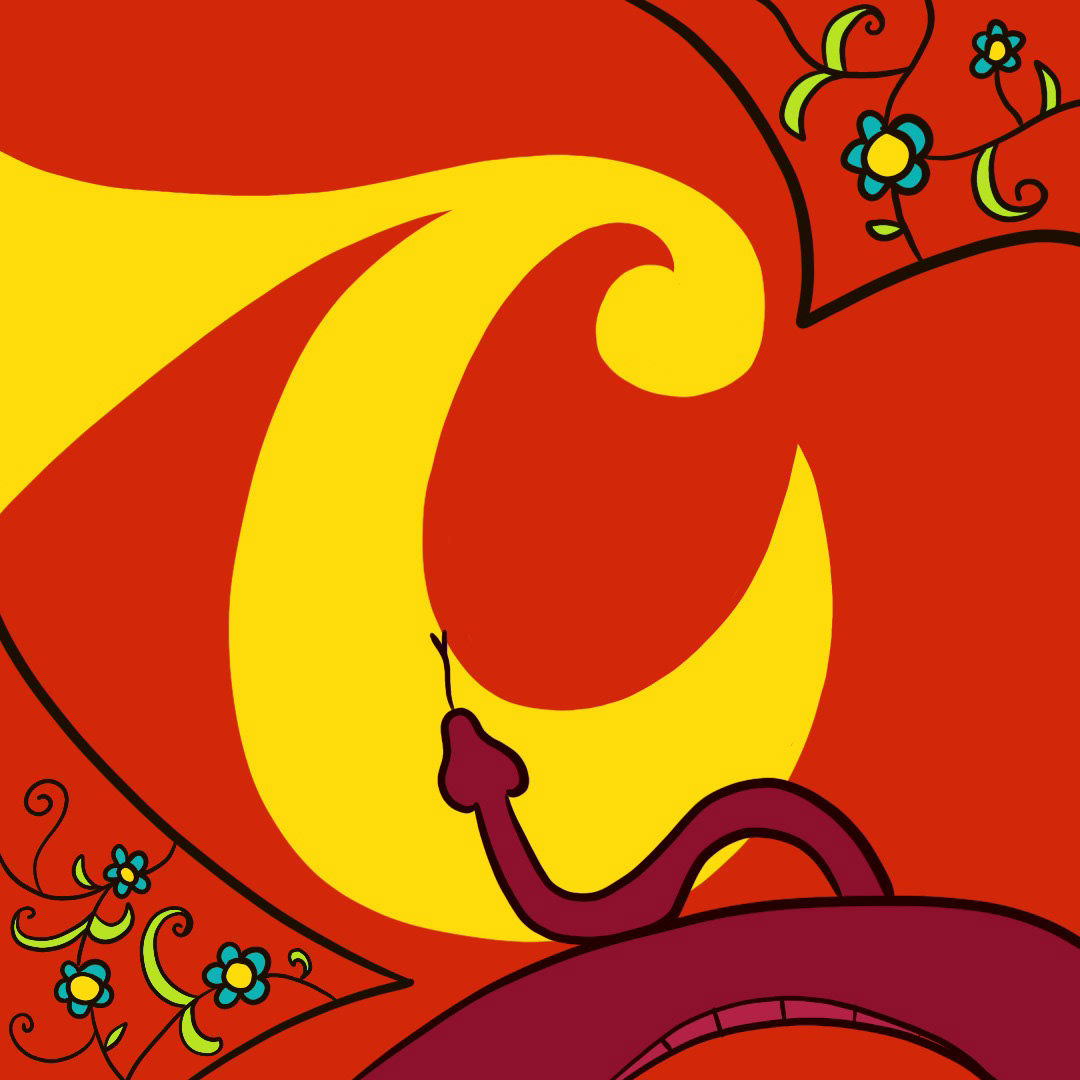
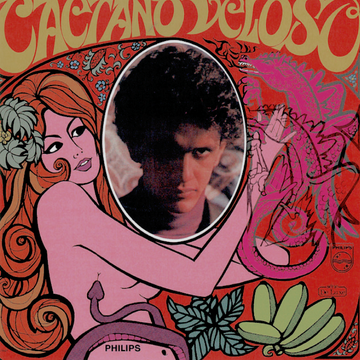
C: Caetano Veloso (1967)
Caetano Veloso’s self-titled album, also known as Tropicália, was a pivotal work in defining the Tropicália movement, blending traditional Brazilian music with international influences like rock, psychedelia, and avant-garde experimentation. Released during Brazil's Military Dictatorship, it challenged cultural and political norms. The cover, designed by Rogério Duarte, features a bold, unconventional portrait of Caetano, using vibrant colors and pop art-inspired elements to reflect the album's innovative and rebellious spirit. With iconic songs like Alegria, Alegria and Tropicália, the album became a symbol of artistic resistance and continues to influence Brazilian music and culture.
Cover Layout: Rogério Duarte
Photography: David Drew Zingg

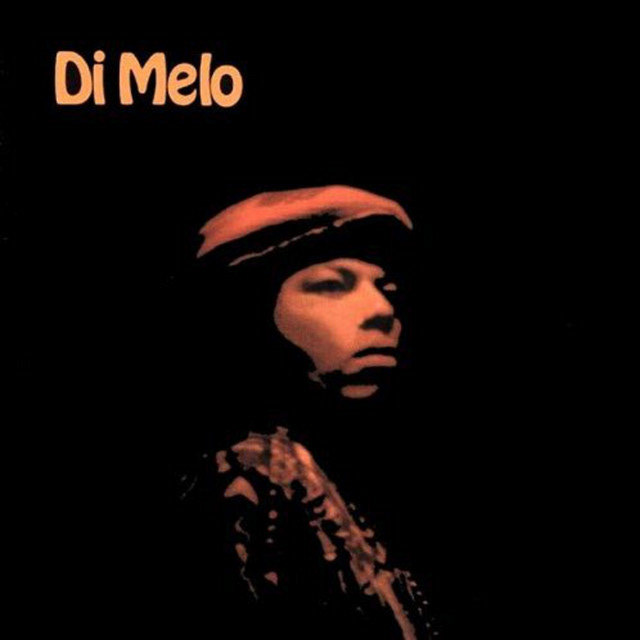
D: Di Melo (1975)
Di Melo’s 1975 self-titled album, blending samba, soul, funk, and MPB, has become a sought-after rarity, especially among collectors and DJs worldwide. Initially overlooked, it is now recognized as a key piece of Brazilian music, known for its innovative sound and lyrical depth. The album cover, features striking images created using infrared lighting, giving the visuals an otherworldly effect that complements the album’s bold and experimental nature. Over time, Di Melo has achieved legendary status, becoming an iconic and influential record in Brazilian soul music.
Photography: Carlos A. Duttweller


E: Elis Regina (1976)
Falso Brilhante, Elis Regina's iconic album, blends MPB with elements of jazz, bossa nova, and samba, addressing the political and cultural tensions of Brazil. The album's themes explore social issues, personal conflict, and Brazilian identity. The cover art, contrasts glamour with social critique, using imagery that reflects the tension between surface beauty and underlying truth, mirroring the album's disillusioned view of society. Falso Brilhante became both a musical and artistic statement, symbolizing resistance and leaving a lasting influence on Brazilian music.
Layout: Naum Alves de Souza
Final Artwork: Nilo de Paula


F - Fábio (1968)
The 1968 cover of Fábio's Lindo Sonho Delirante features the acronym LSD in bold, 3D typography, subtly referencing the drug culture of the time. The song, with its soul and garage rhythm, was an explicit provocation to Brazil's political climate under military rule. Though the single didn't sell well due to its controversial nature, the cover became an iconic symbol of resistance, encouraging other artists to use subversive strategies to challenge the regime.
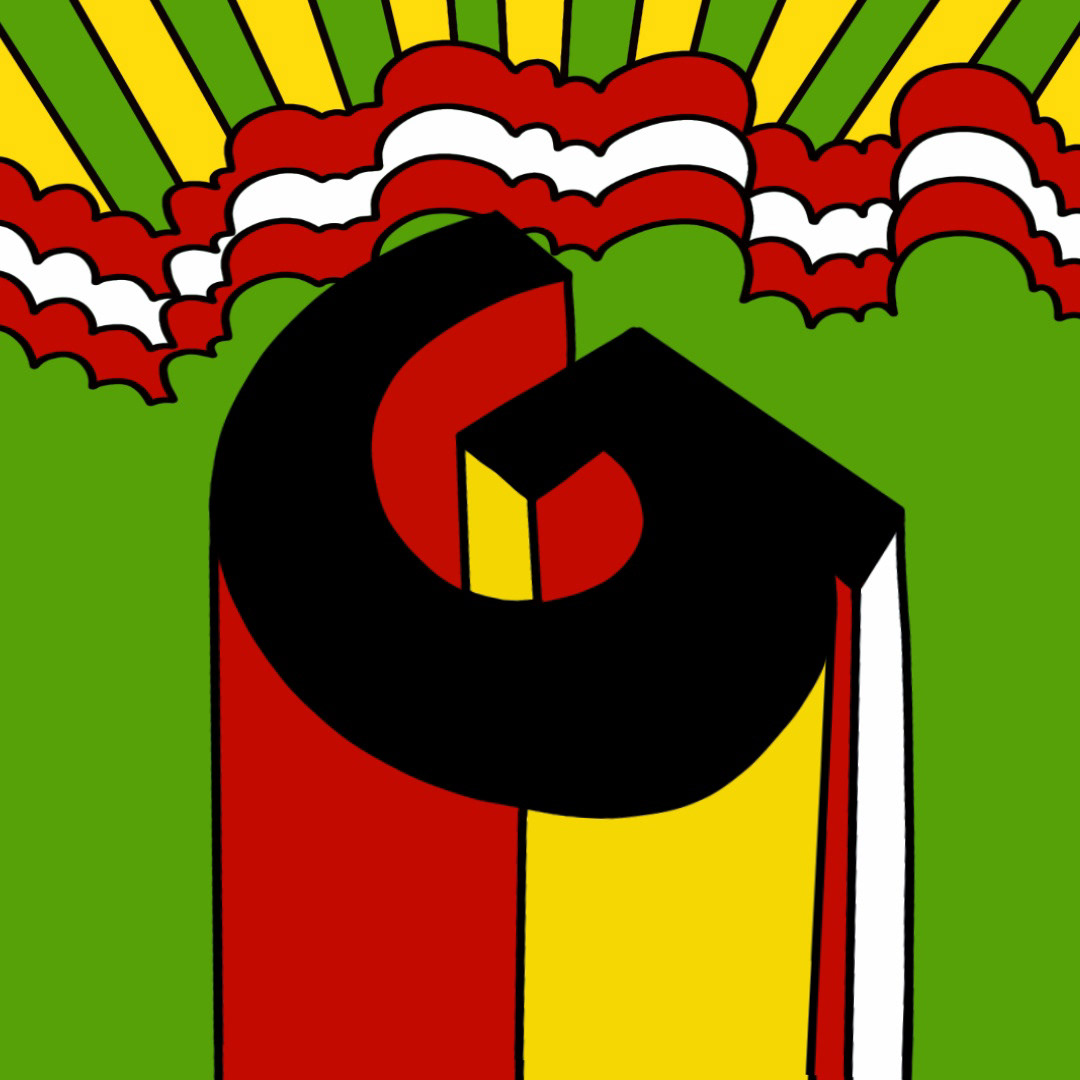
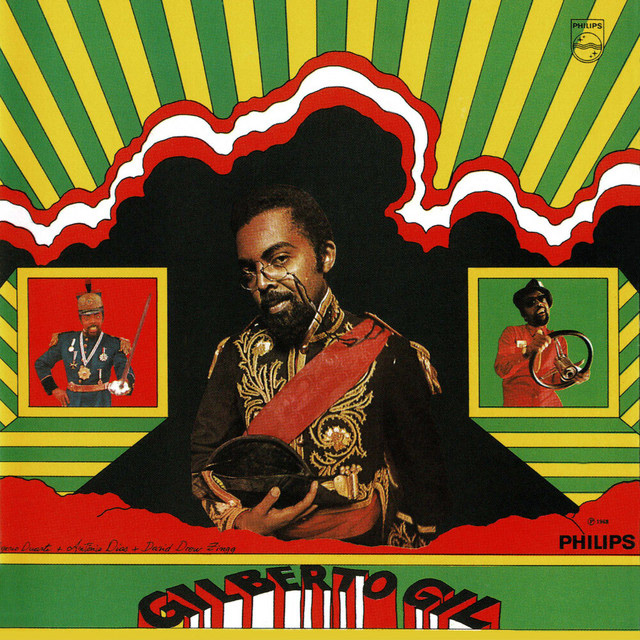
G: Gilberto Gil (1968)
Released in 1968, Gilberto Gil was a groundbreaking album in Brazilian music, marking a turning point in the Tropicalia movement. The album features a fusion of traditional Brazilian rhythms with international influences such as rock, jazz, and psychedelia, reflecting the political and cultural climate of the time. It includes iconic tracks such as "Aquele Abraço" and "Domingo no Parque," which highlight Gil’s lyrical brilliance and bold experimentation. The album's cover artwork mirrors the innovative and rebellious spirit of the music. Its design reflects the colorful, surreal aesthetics of the Tropicalia movement, combining bold shapes, vibrant colors, and a mix of photographic and graphic elements that defy traditional album design conventions.
Final Artwork: Rogério Duarte

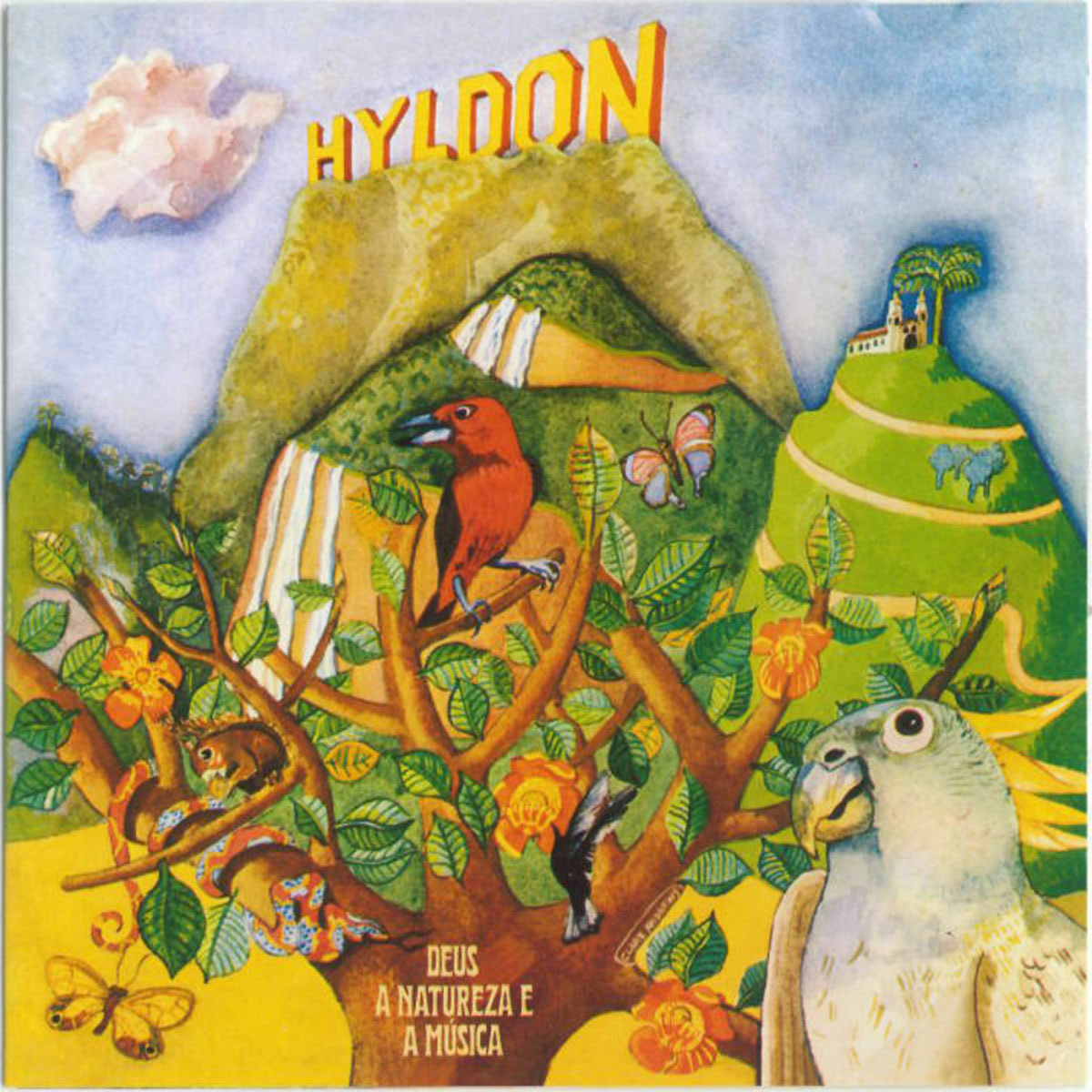
H: Hyldon (1975)
Hyldon's self-titled debut album, released in 1975, stands as a significant and iconic work in Brazilian soul music. Blending elements of samba, funk, and MPB, Hyldon brought a unique sound to the scene, marked by his smooth vocal delivery and sophisticated compositions. The album is celebrated for its bold mix of genres and its exploration of themes of love and social consciousness, offering a fresh perspective on Brazilian music during the mid-1970s. It went on to become a classic of the genre, with tracks like "Na Rua, Na Chuva, Na Fazenda" gaining enduring popularity.
Illustration: Clare Andrews
Photography: João Castrioto
Photography: João Castrioto

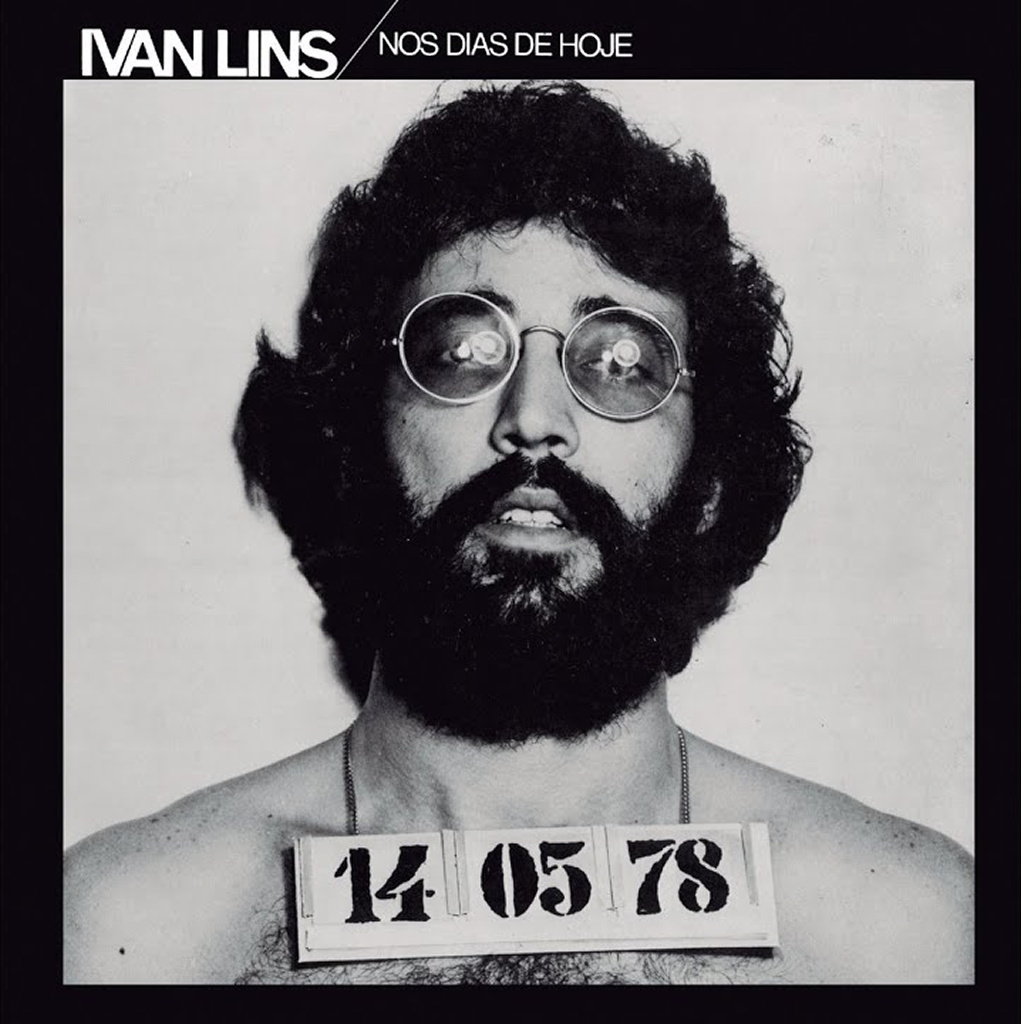
I: Ivan Lins (1978)
Hyldon's self-titled debut album, released in 1975, stands as a significant and iconic work in Brazilian soul music. Blending elements of samba, funk, and MPB, Hyldon brought a unique sound to the scene, marked by his smooth vocal delivery and sophisticated compositions. The album is celebrated for its bold mix of genres and its exploration of themes of love and social consciousness, offering a fresh perspective on Brazilian music during the mid-1970s. It went on to become a classic of the genre, with tracks like "Na Rua, Na Chuva, Na Fazenda" gaining enduring popularity.
Final Artwork: José Paulo

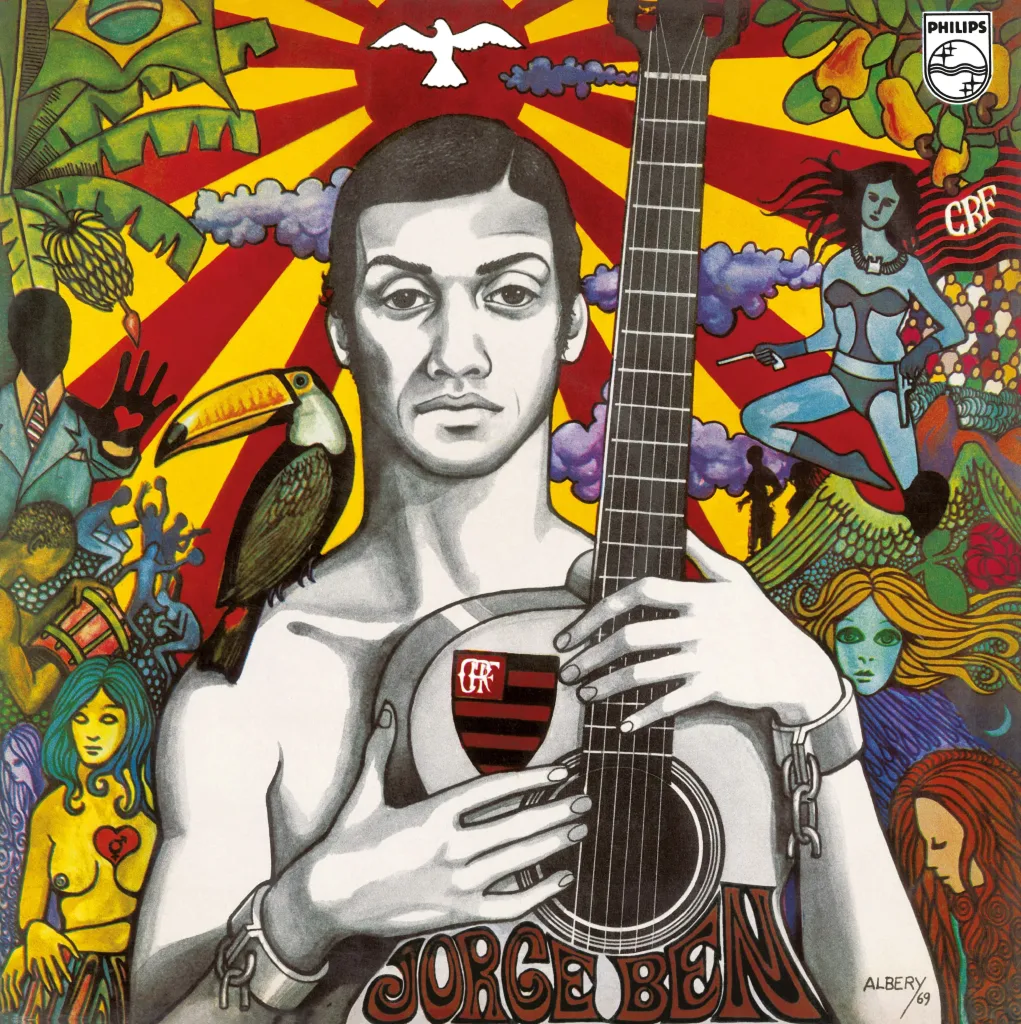
J: Jorge Ben (1969)
This album is a landmark in Brazilian music, merging samba, bossa nova, and funk with innovative rhythms and vibrant melodies. Known for his distinct guitar style and rhythmic approach, Ben's sound on this album exudes energy and playfulness, solidifying his role as a key figure in the evolution of Brazilian popular music. The album is a showcase of his unique voice, which combines a mix of lyrical joy, social commentary, and infectious beats, making it a timeless piece of Brazilian music history. Guido Alberi's iconic cover for the album also drew on psychedelic influences in its pop-art illustration of Ben and symbols of contemporary Brazilian culture.
Final artwork: Guido Alberi
Photography: Johnny Salles

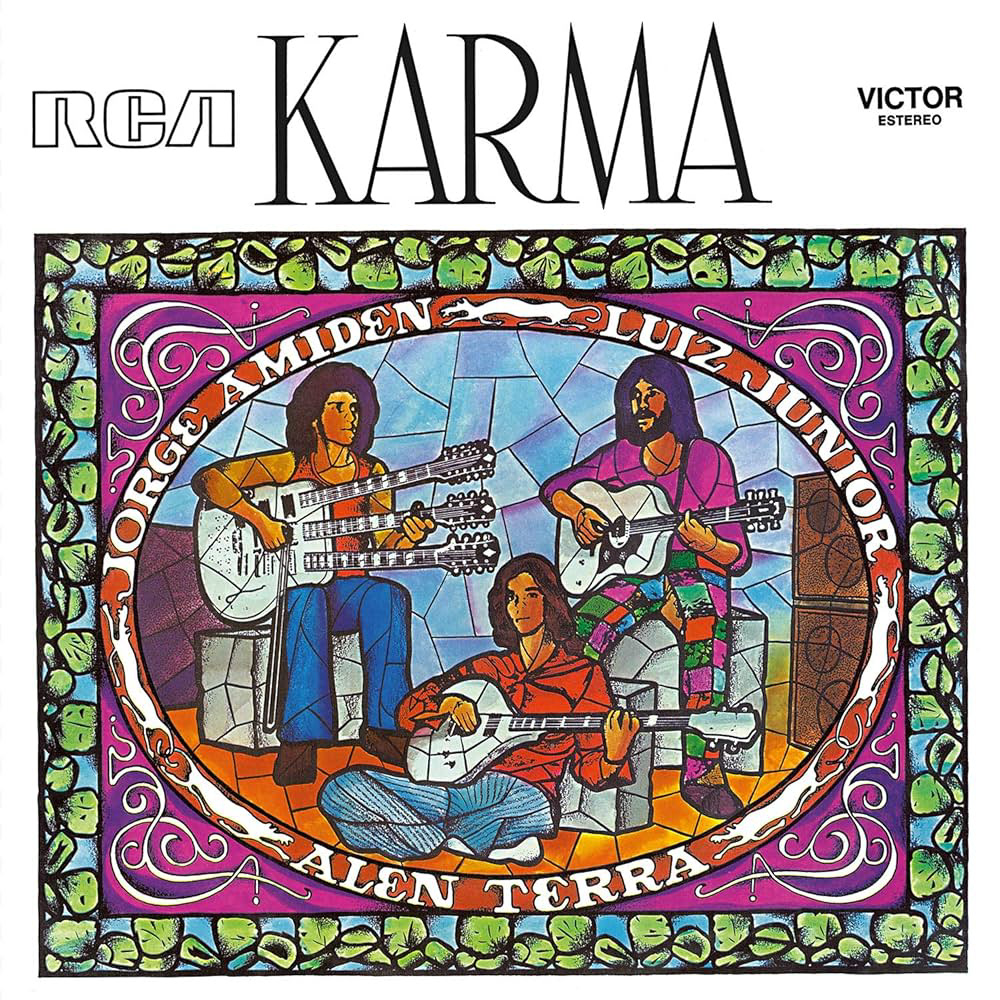
K: Karma (1972)
Karma is the debut album of the Brazilian rock band Karma, released in 1972. A key piece of Brazilian psychedelic progressive rock, it features a blend of acoustic guitar and percussion, with songs like "Omissão" and "Você Pode Ir Além." The album, rare and sought after by collectors, was recorded by Jorge Amiden, Luiz Mendes Junior, and Alen Terra, who also participated in the 1972 International Song Festival with "Depois do Porão." The album is included in Lindo Sonho Delirante: 100 Discos Psicodélicos do Brasil.
Final artwork: Bartholo

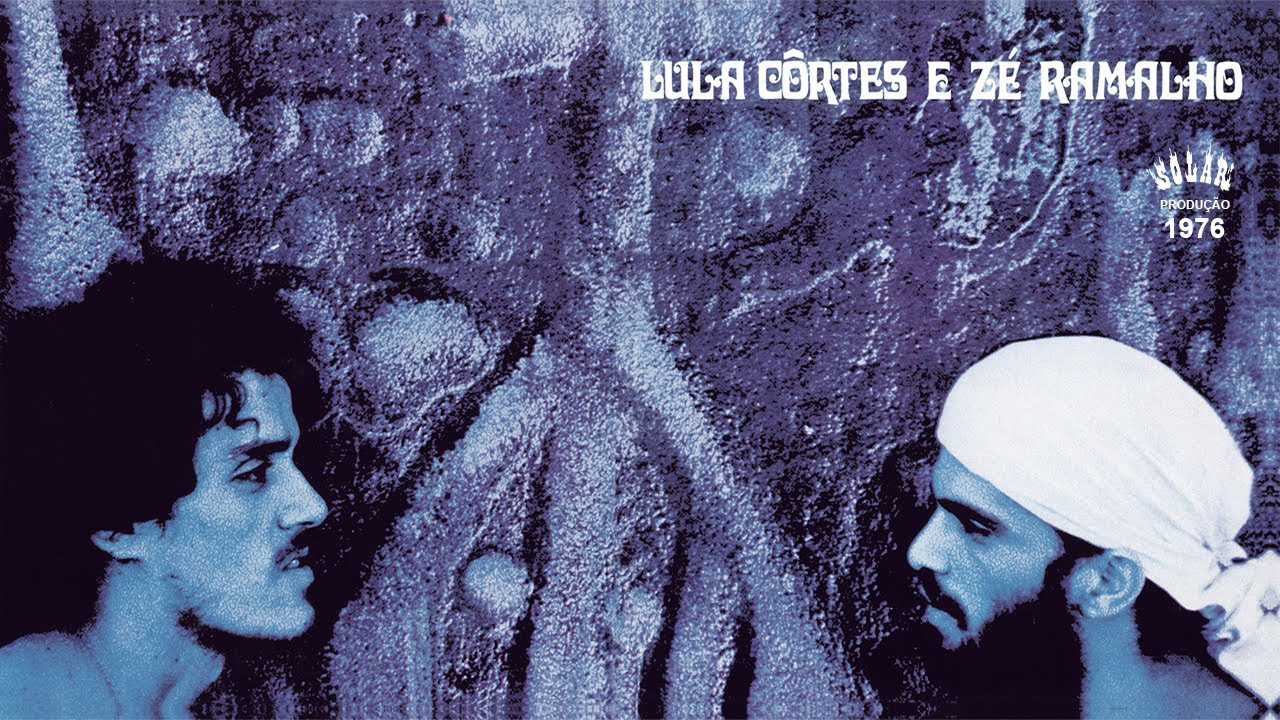
L: Lula Côrtes e Zé Ramalho (1976)
Paêbirú (1972) is a groundbreaking Brazilian album by Lula Côrtes and Zé Ramalho, blending elements of Brazilian folk, psychedelia, and progressive rock. The album’s name was originally intended to be "Peabiru," meaning "path to Peru," but due to a typographical error on the cover, it became "Paêbirú." The album, which includes tracks with mystical and spiritual themes, is considered a cult classic and was originally released in 1972. Its graphic design was created by Katia Mesel, who was Lula Côrtes' wife at the time. The cover and insert were inspired by multiple visits to Pedra do Ingá, reflecting the album's deep connection to Brazilian culture. Paêbirú was reissued in 2005 in Europe by Mr. Bongo, and later in Brazil in 2012 on CD and in 2019 on vinyl from original Polysom tapes.
Cover: Kátia Mesel
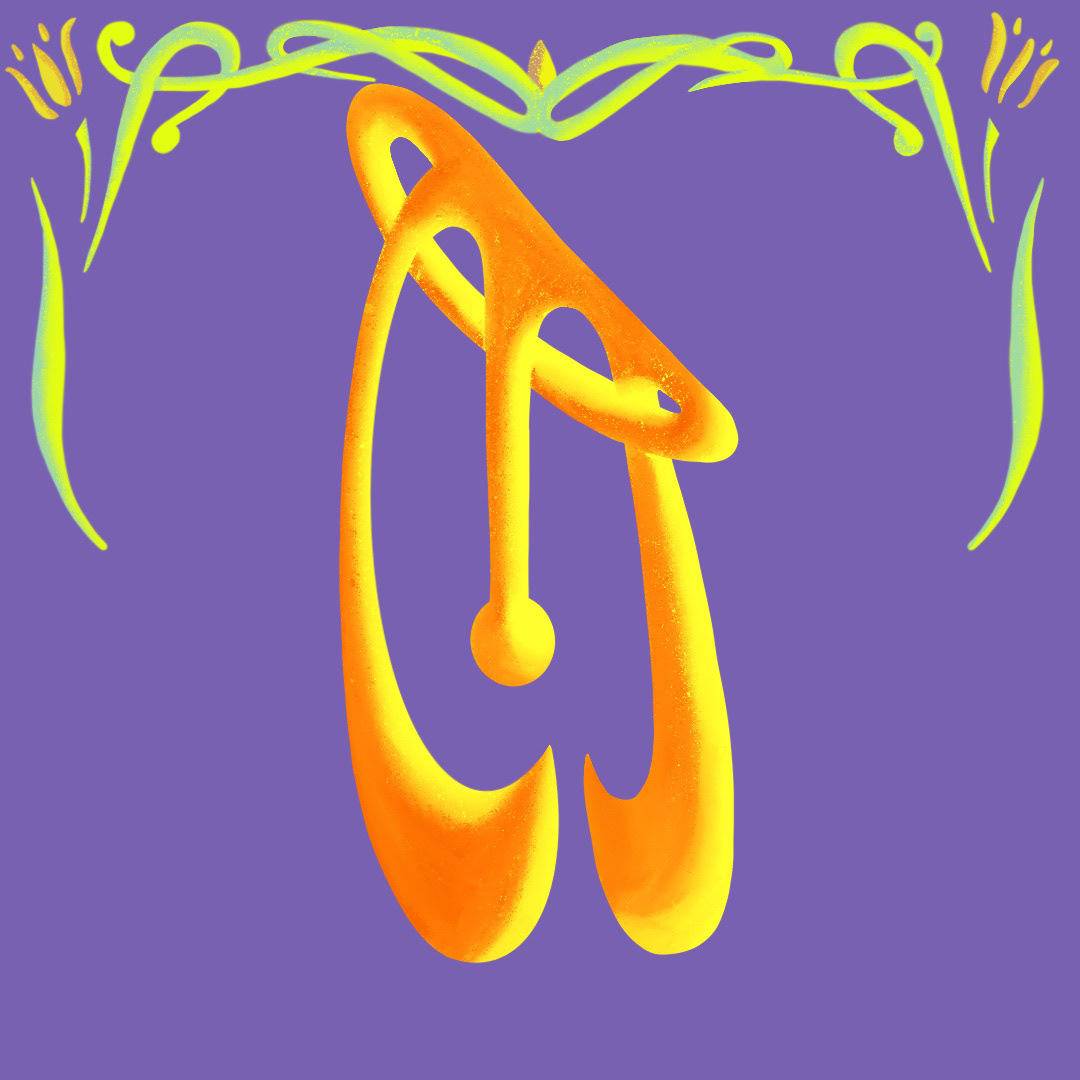
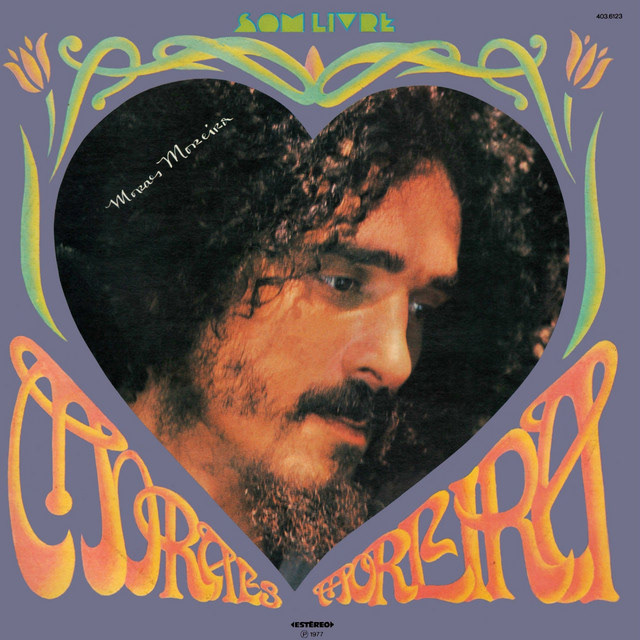
M: Moraes Moreira (1977)
"Cara e Corações" is a standout album in Brazilian music, blending samba, MPB, and rock with a distinctive style. The album's cover art, designed by the renowned graphic artist Dicinho Moreira, is an iconic piece of the Brazilian musical landscape. Dicinho, known for his unique pointillist masks and contribution to the Tropicalist movement, created an artwork that reflects the innovative and bold spirit of the music. The cover features vibrant colors and intricate design elements that capture the essence of Moraes Moreira’s fusion of traditional Brazilian rhythms with modern sounds. This collaboration between artist and musician is a perfect example of how graphic design and music came together in the 1970s to create a powerful visual identity that remains emblematic in Brazilian music history.
Artwork: Dicinho Moreira
Photography: Mario Luiz Thompson
Photography: Mario Luiz Thompson

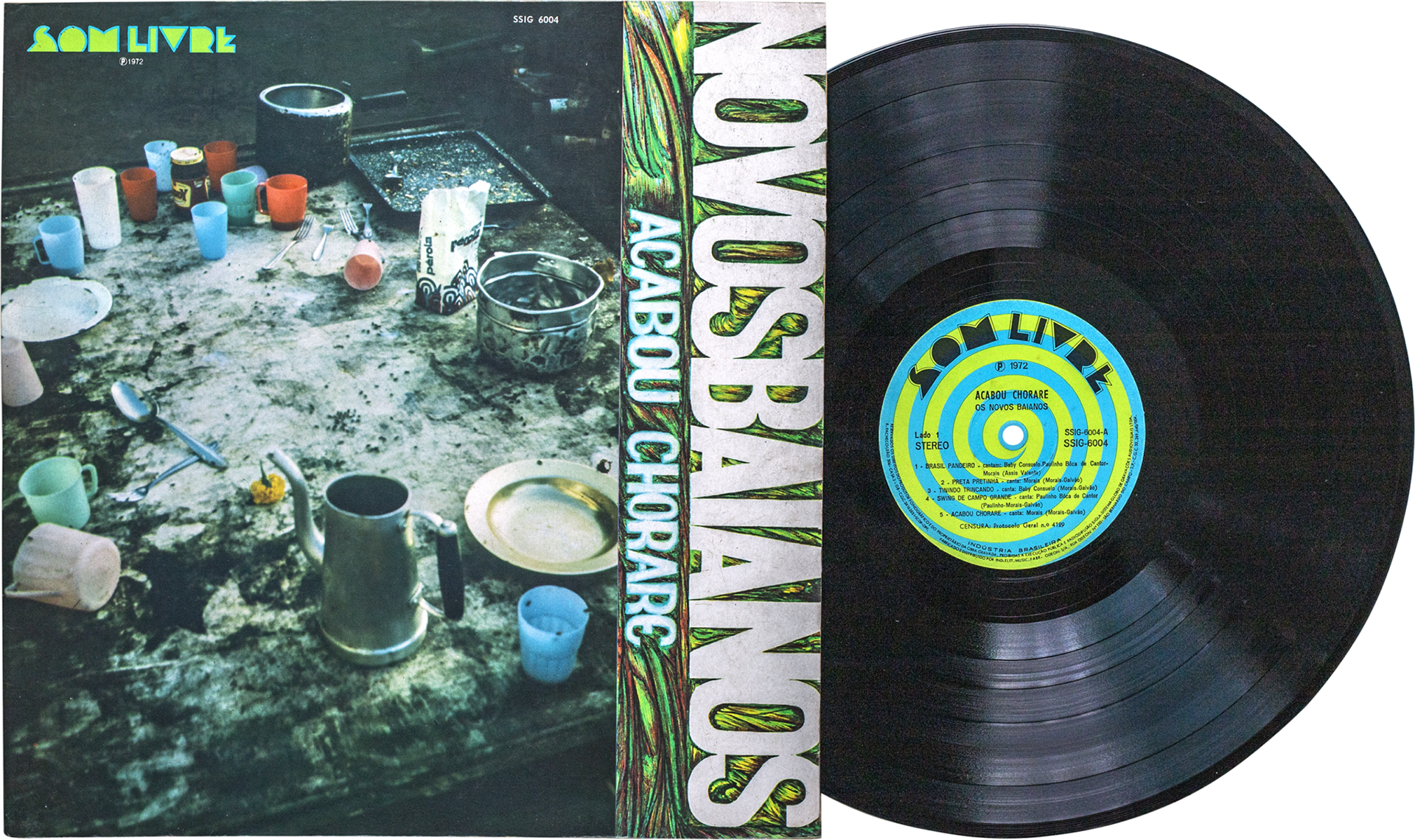
N: Novos Baianos (1972)
Acabou Chorare by Novos Baianos is one of the most iconic and visually striking representations of Brazilian music. The album, blending samba, bossa nova, and rock. The cover was designed and photographed by Antônio Luis Martins ("Lula"), with layout by Joel Cocchiararo. The image of a rustic wooden table—built by Pepeu Gomes—scattered with dishes, utensils, flour, and flies captures the group's communal lifestyle and the album’s fusion of musical influences. This raw and organic visual earned the award for Best Graphic Production of the Year in 1972, solidifying its place as one of the most iconic album covers in Brazilian music history.
Photography & Design: Antônio Luis Martins ("Lula")
Photography & Design: Antônio Luis Martins ("Lula")

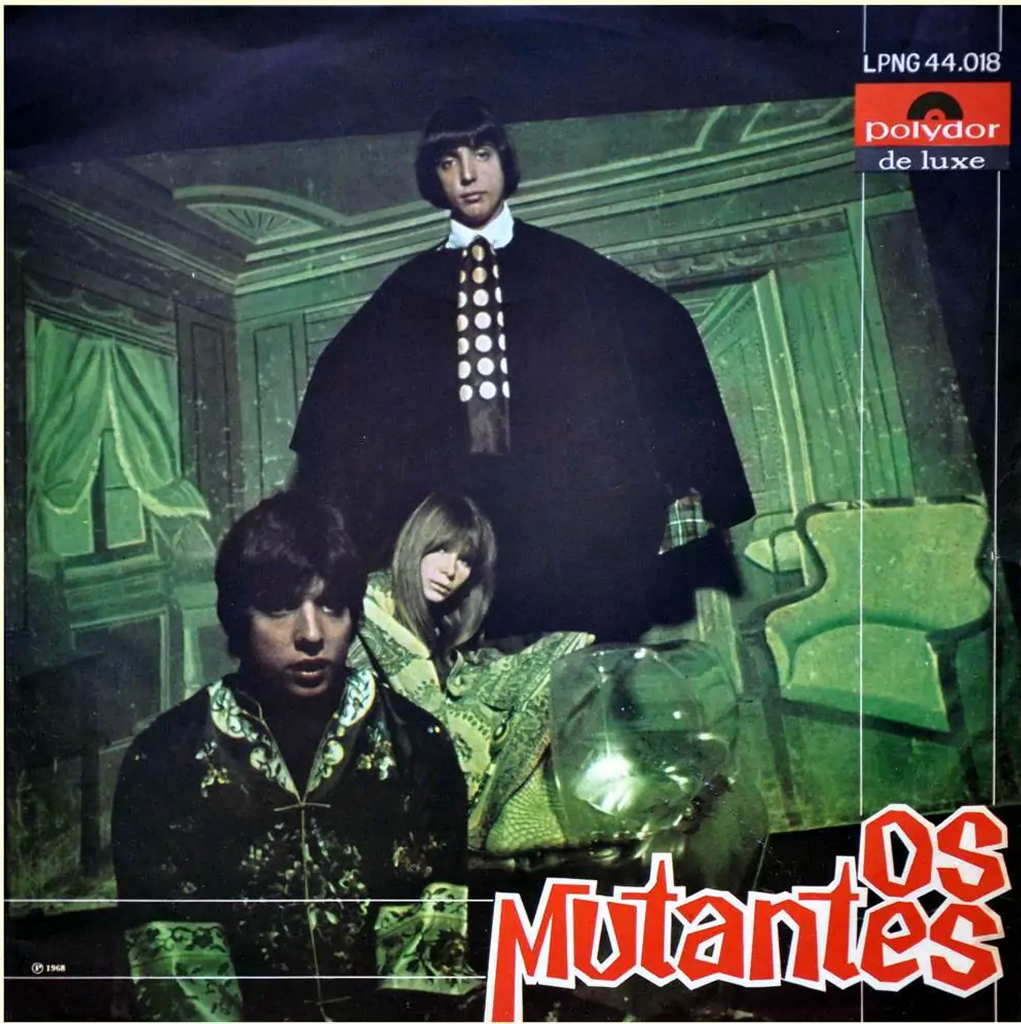
O: Os Mutantes (1968)
Self-titled debut album is a landmark of Brazilian psychedelic rock, blending Tropicália, experimental sounds, and irreverent humor. The cover, photographed by Olivier Perroy and artistically directed by Wesley Duke Lee, features the trio—Sérgio Dias, Arnaldo Baptista, and Rita Lee—dressed in eccentric outfits: Sérgio in a black velvet cape, Arnaldo in a kimono, and Rita in a poncho-style dress made from an Indian towel. This theatrical composition reinforces the band’s avant-garde approach to music. The back cover includes drawings by the band members themselves, further emphasizing their artistic identity. The album’s striking imagery became one of the most recognizable covers in Brazilian music history, encapsulating the essence of the Tropicália movement.
Photography: Olivier Perroy
Art Direction: Wesley Duke Lee
Art Direction: Wesley Duke Lee
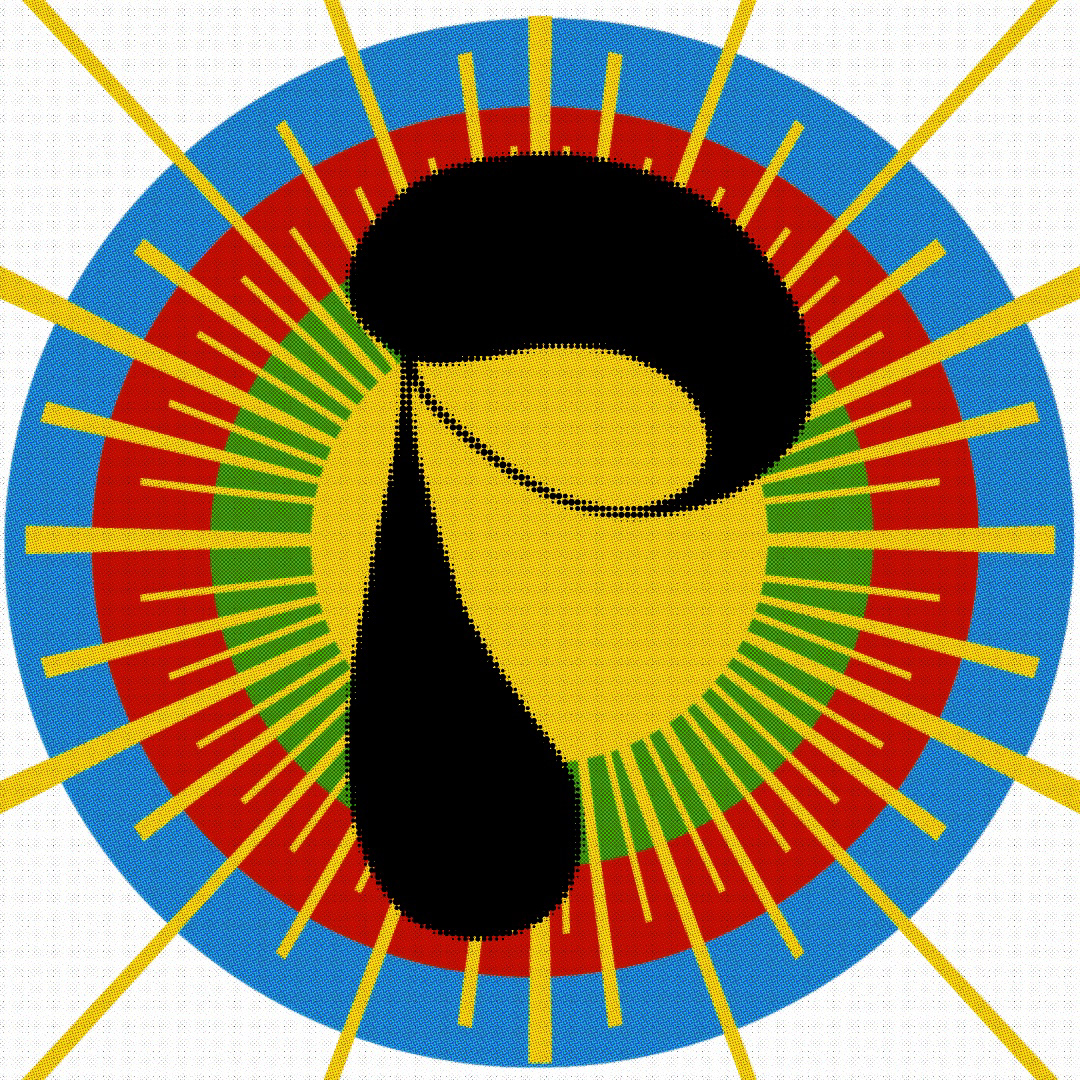
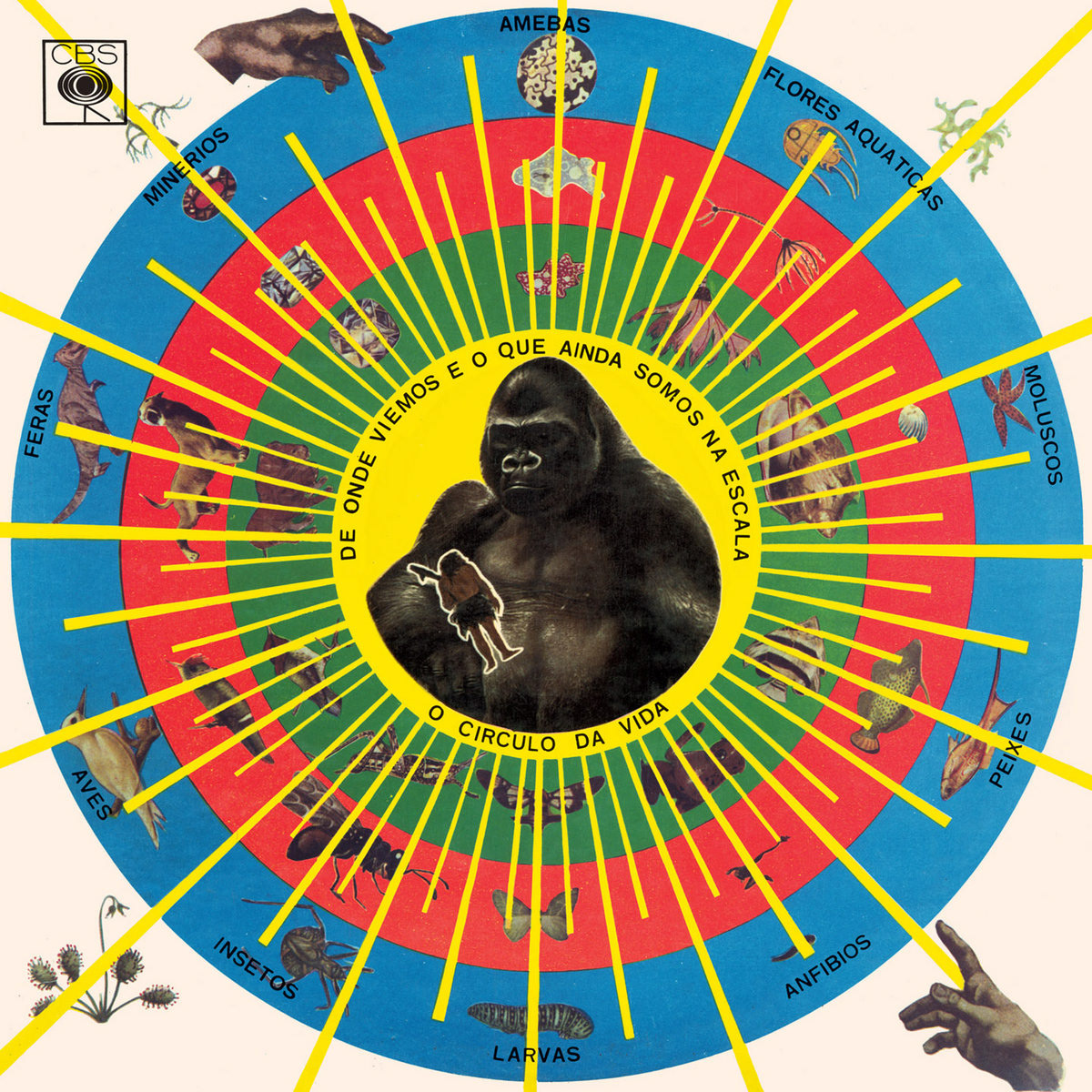
P: Pedro Santos "Sorongo" (1968)
Released in 1968, Krishnanda is the debut and only album by Pedro Santos (also known as Pedro Sorongo). Produced by the artist himself with arrangements by Jopa Lins and approval from Hélcio Milito, the album blends various percussion instruments, brass arrangements, and rhythms ranging from samba to Latin and Eastern influences. It features mystical lyrics and psychedelic organ sounds, creating a unique, spiritual atmosphere. Although it influenced many musicians at the time, the album fell into obscurity until it was rediscovered in the 2000s. Today, Krishnanda is recognized as a masterpiece of Brazilian experimental music, praised for its conceptual unity, folkloric elements, and Afro-Brazilian cultural influence.
Artwork: Pedro Santos "Sorongo"
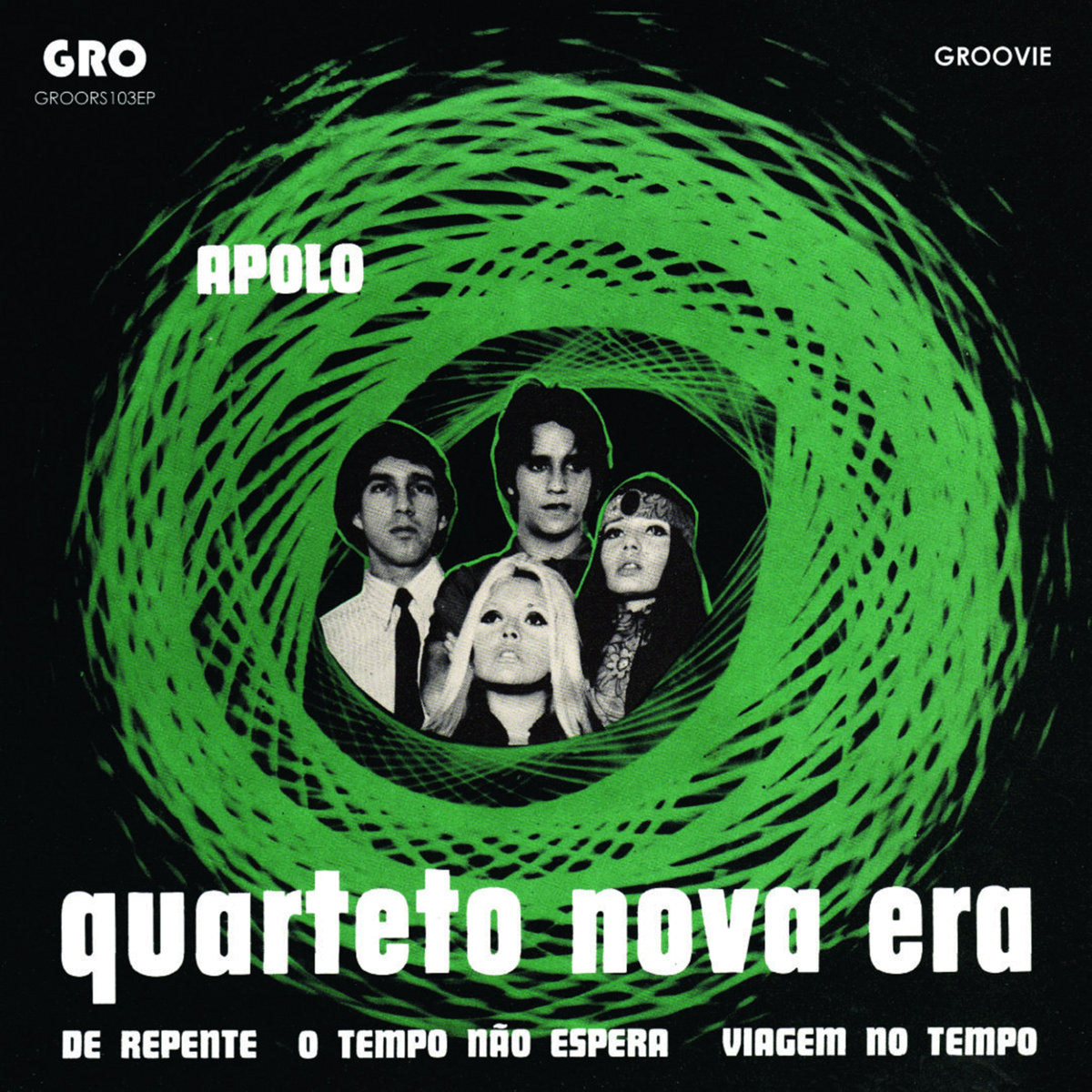
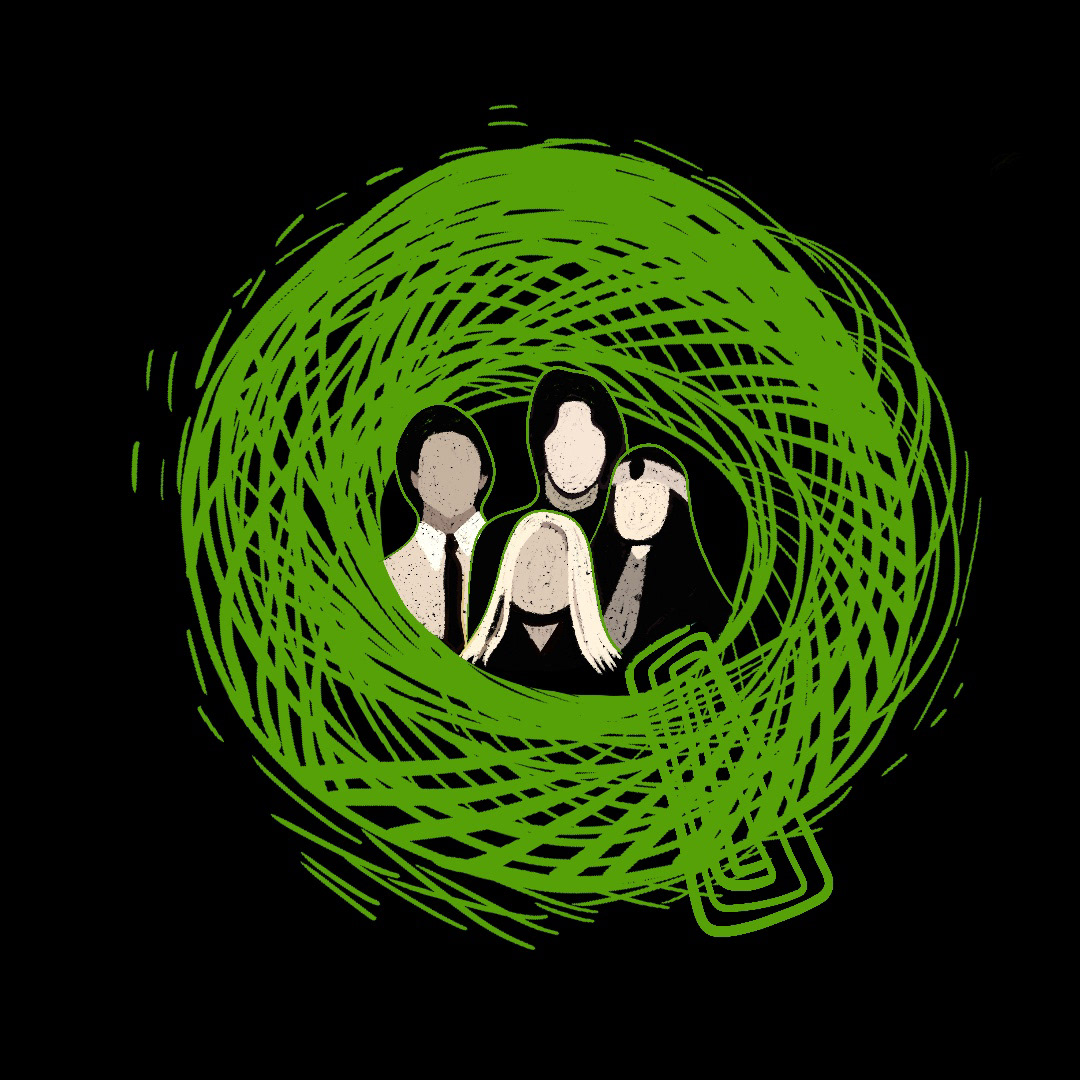
Q: Quarteto Nova Era (1969)
Chico Aguiar, a prominent guitarist in the Niterói music scene during the 1960s, was deeply influenced by rock and bossa nova. Having gained experience in bands like Quarteto Forma, Aguiar was inspired by The Mamas & The Papas and decided to create something new. Alongside Flavio (guitar and vocals) and vocalists Bia Franco and Renata, he formed the experimental group Quarteto Nova Era.
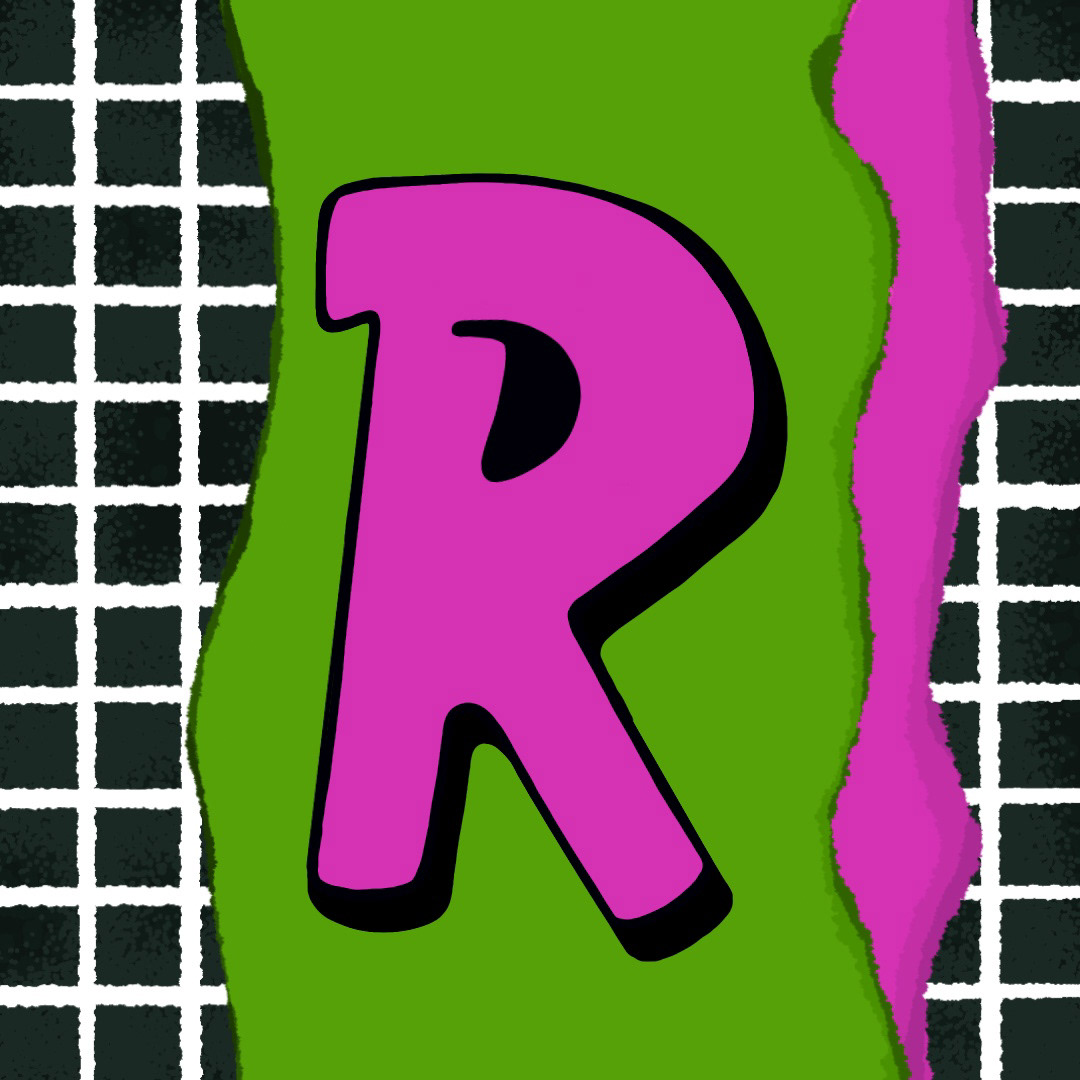
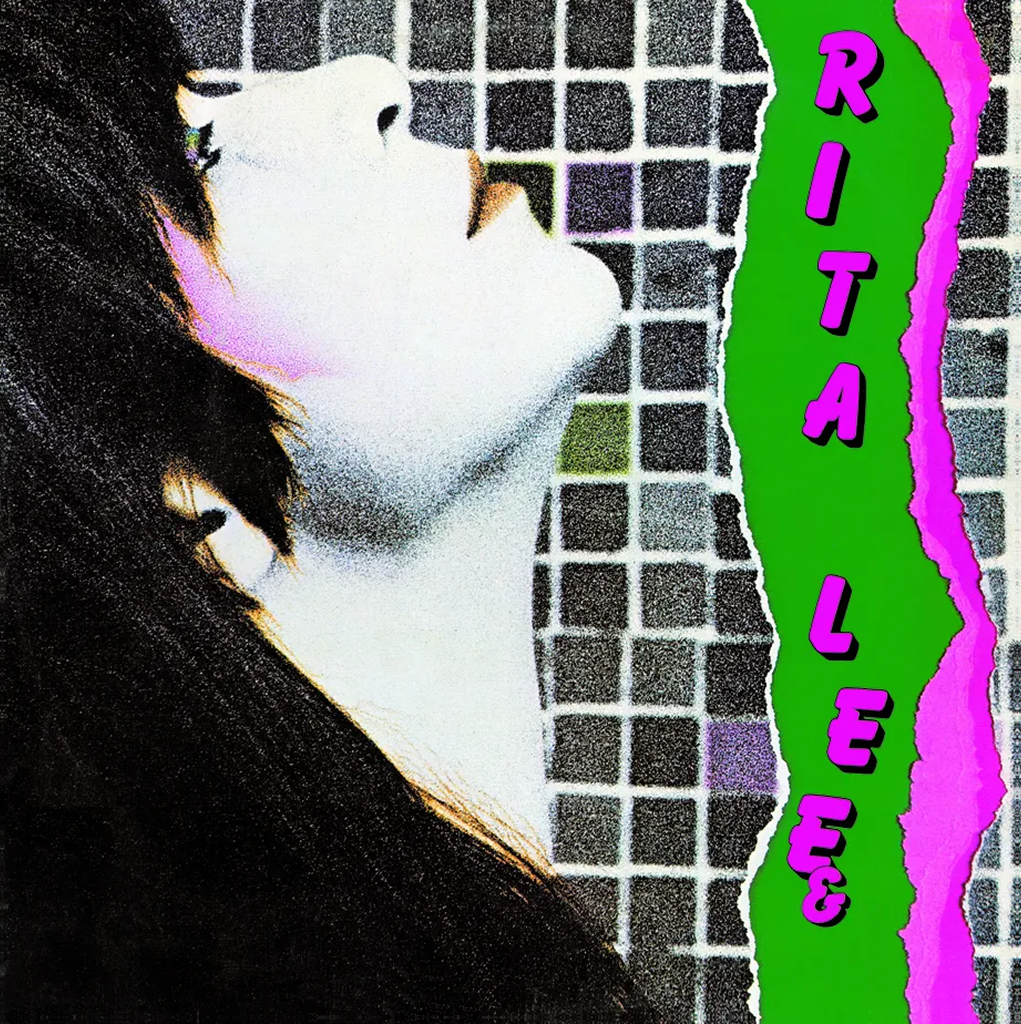
R: Rita Lee (1981)
The album "Saúde," released in 1981 by Rita Lee and her husband Roberto de Carvalho, features a distinctive cover that reflects the duo's innovative spirit. The artwork features a close-up of Rita Lee's face, heavily stylized with bold colors and high contrast, giving it a pop-art feel. The background consists of geometric patterns and vivid hues, creating a dynamic and almost futuristic look. This visual identity aligns with the album’s fusion of rock, pop, and Brazilian rhythms, capturing Rita Lee’s innovative spirit and her transition into the 1980s music scene. The design mirrors the rebellious and avant-garde nature of the artist, reinforcing her status as a pioneer in Brazilian rock.

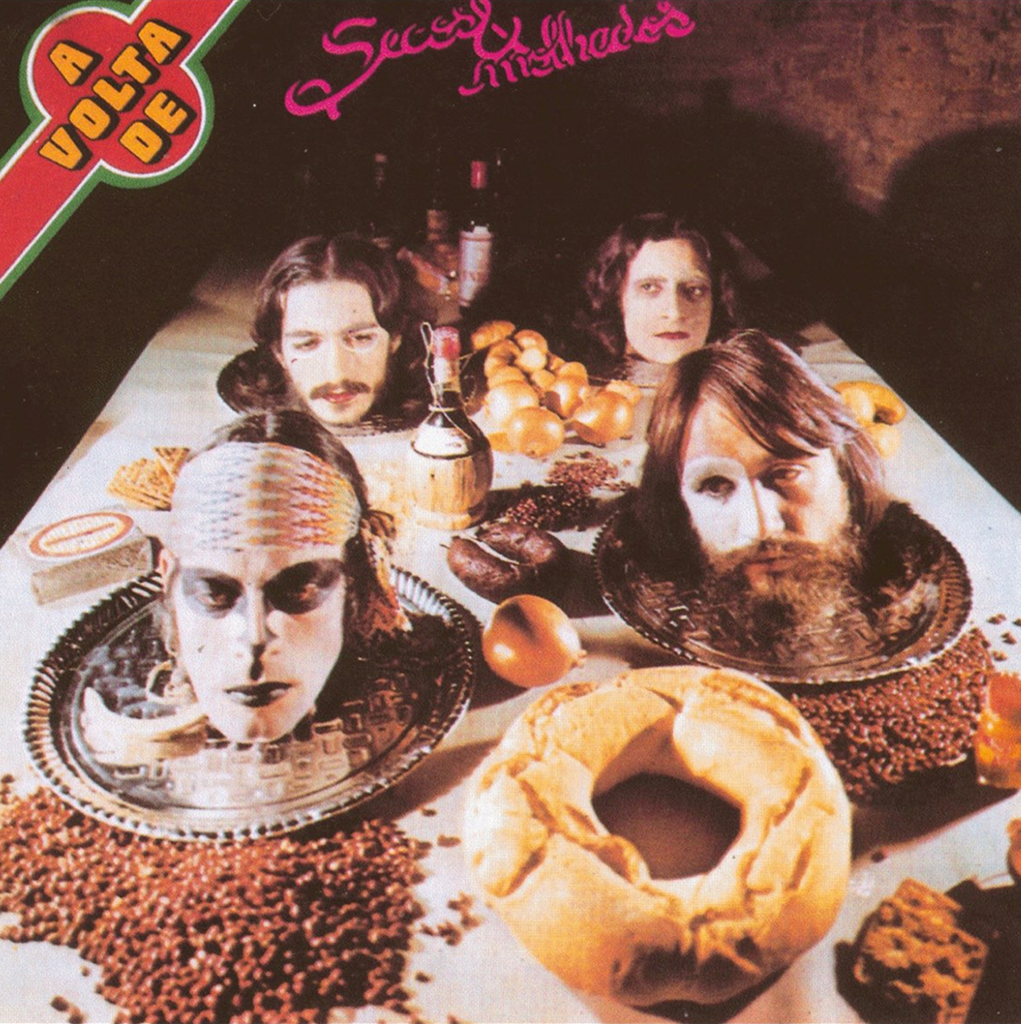
S: Secos e Molhados (1973)
The debut album by Secos & Molhados is iconic for its striking cover art, featuring the band members' heads on a table surrounded by dried and wet foods—symbolizing the band's name. The image was inspired by surreal compositions and required the members to endure long, uncomfortable sessions. The bold visual became one of the most memorable in Brazilian music history, reinforcing the band's avant-garde identity.
"We were offering our heads. The painted faces were so we wouldn't be recognized. It was aggressive. We were aggressive. Put yourself in my shoes, in a patriarchal country, during a dictatorship. It was aggressive by strategy. Otherwise, it would have been me."
— Ney Matogrosso on the album cover in a 2001 Folha de S. Paulo interview.
Photographed: Antonio Carlos Rodrigues
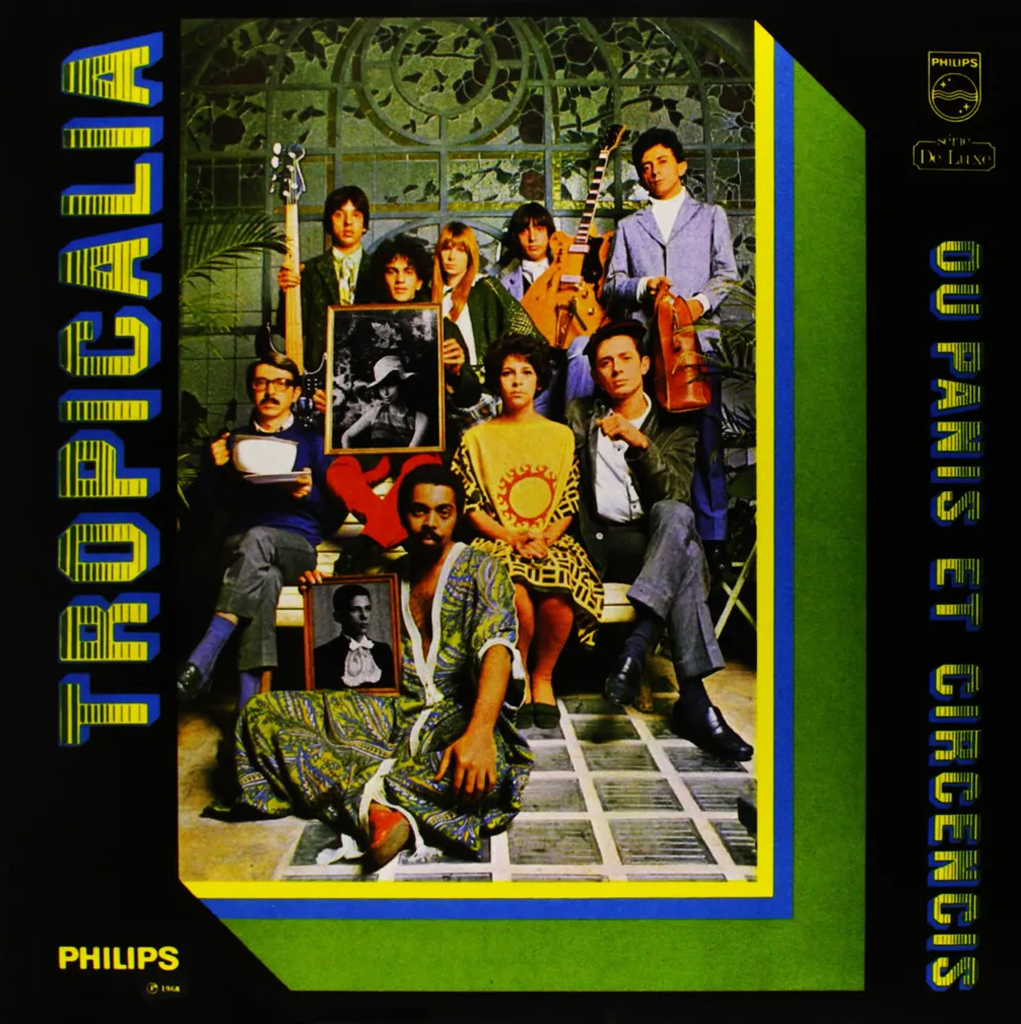
T: Tropicália ou Panis et Circensis (1968)
The cover of Tropicália ou Panis et Circencis visually embodies the eclecticism of the Tropicalia movement. Designed as a staged photograph, it features key artists such as Caetano Veloso, Gilberto Gil, Gal Costa, Os Mutantes, Tom Zé, Torquato Neto, and arranger Rogério Duprat, each positioned to symbolize their role in the movement. The composition references pop art and psychedelia, with a playful yet provocative aesthetic—Duprat holds a chamber pot as a teacup, Veloso displays a portrait of Nara Leão, and the background features Brazil’s national colors. The bold typography and three-dimensional layout reinforce the album’s avant-garde spirit, echoing Sgt. Pepper's and cementing its status as a manifesto of Tropicalia.
Photographed: Olivier Perroy
Artwork: Rubens Gerchman
Artwork: Rubens Gerchman


W: Walter Franco (1980)
The cover of Walter Franco's 1980 album Vela Aberta features a minimalist design that centers on a portrait of the artist. The photograph presents Franco against a neutral background, emphasizing his facial expression and inviting listeners to engage directly with his music. The album's title, "Vela Aberta," is displayed in a straightforward font, complementing the overall simplicity of the cover. This unembellished approach reflects the introspective and unadorned nature of Franco's musical style during this period.


Z: Zé Ramalho (1978)
The cover of Zé Ramalho's self-titled 1978 debut album encapsulates the essence of his musical fusion, blending traditional northeastern Brazilian motifs with contemporary aesthetics. The photograph features Ramalho shirtless, holding an acoustic guitar adorned with intricate patterns, symbolizing his deep connection to regional roots and the rich storytelling tradition of cordel literature. The earthy tones and Ramalho's direct gaze evoke the rustic landscapes of the Northeast, while the minimalist backdrop emphasizes the raw authenticity of his music. The typography, with its flowing, almost handwritten style, mirrors the album's organic feel, reinforcing the intimate and personal nature of his compositions. This visual presentation aligns with the album's innovative sound—a harmonious blend of folk, rock, and northeastern rhythms—establishing Ramalho as a pivotal figure in Brazilian music.
Cover, photos, and visual design: Mario Luiz Thompson and Ciro Fernandes
In analyzing the album covers of Brazilian music, we uncover not just a visual story, but a reflection of the nation's tumultuous yet vibrant cultural evolution. The art transcends being just a product of its time; it is a living piece of history that continues to inspire new generations of artists, musicians, and designers alike.
Thank you for exploring this project! If you're interested in the relationship between illustration, graphic art, and Brazilian music, I invite you to check out my full analysis on counterculture, psychedelia, and Tropicália in the links below:
🔸 Part 1 – Introduction and sociocultural context
🔸 Part 2 – Psychedelic aesthetics and its influences
🔸 Part 3 – Album covers as an artistic expression
🔸 Part 2 – Psychedelic aesthetics and its influences
🔸 Part 3 – Album covers as an artistic expression
I hope you enjoy the read! 😊
